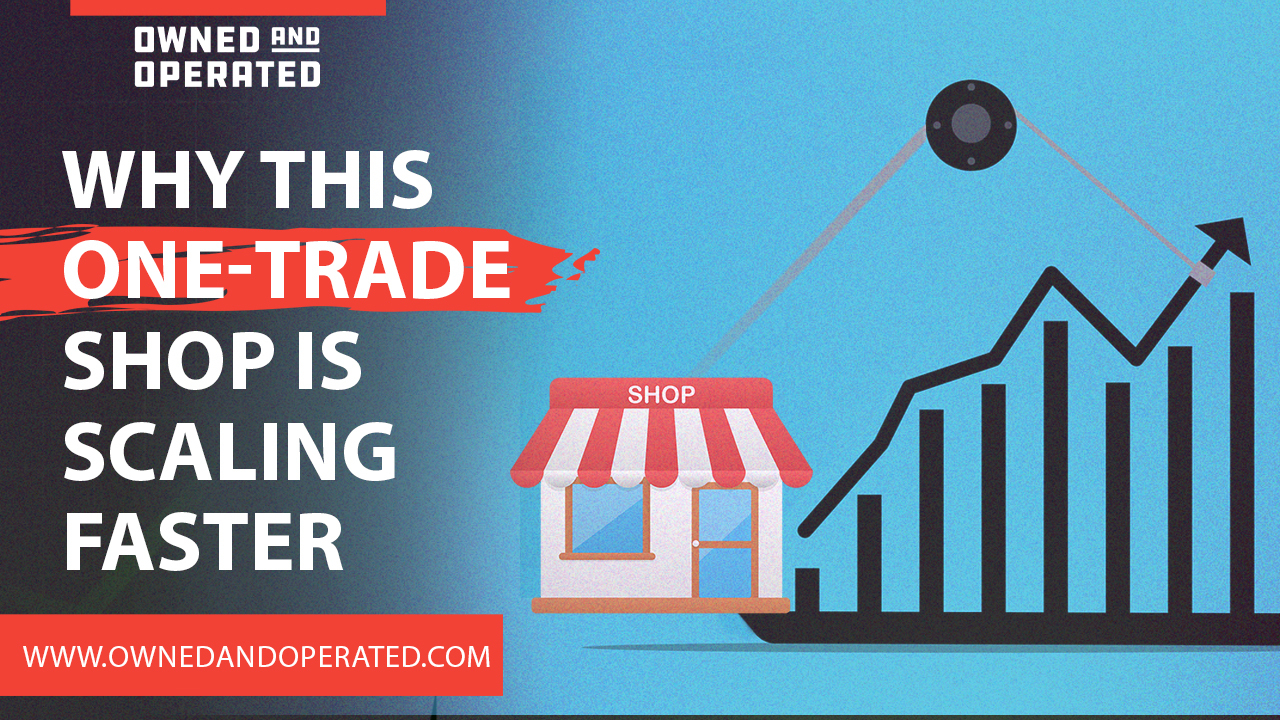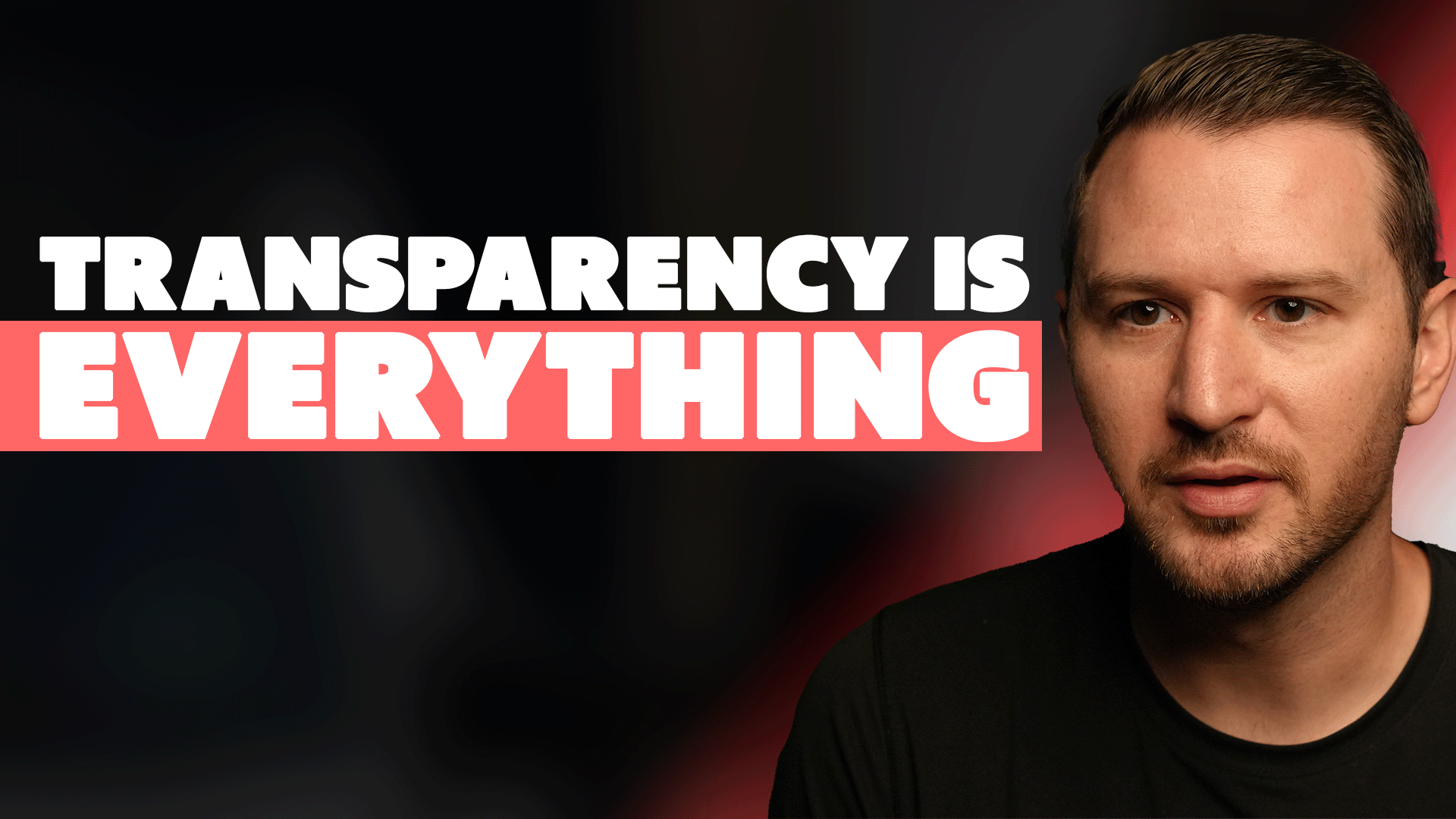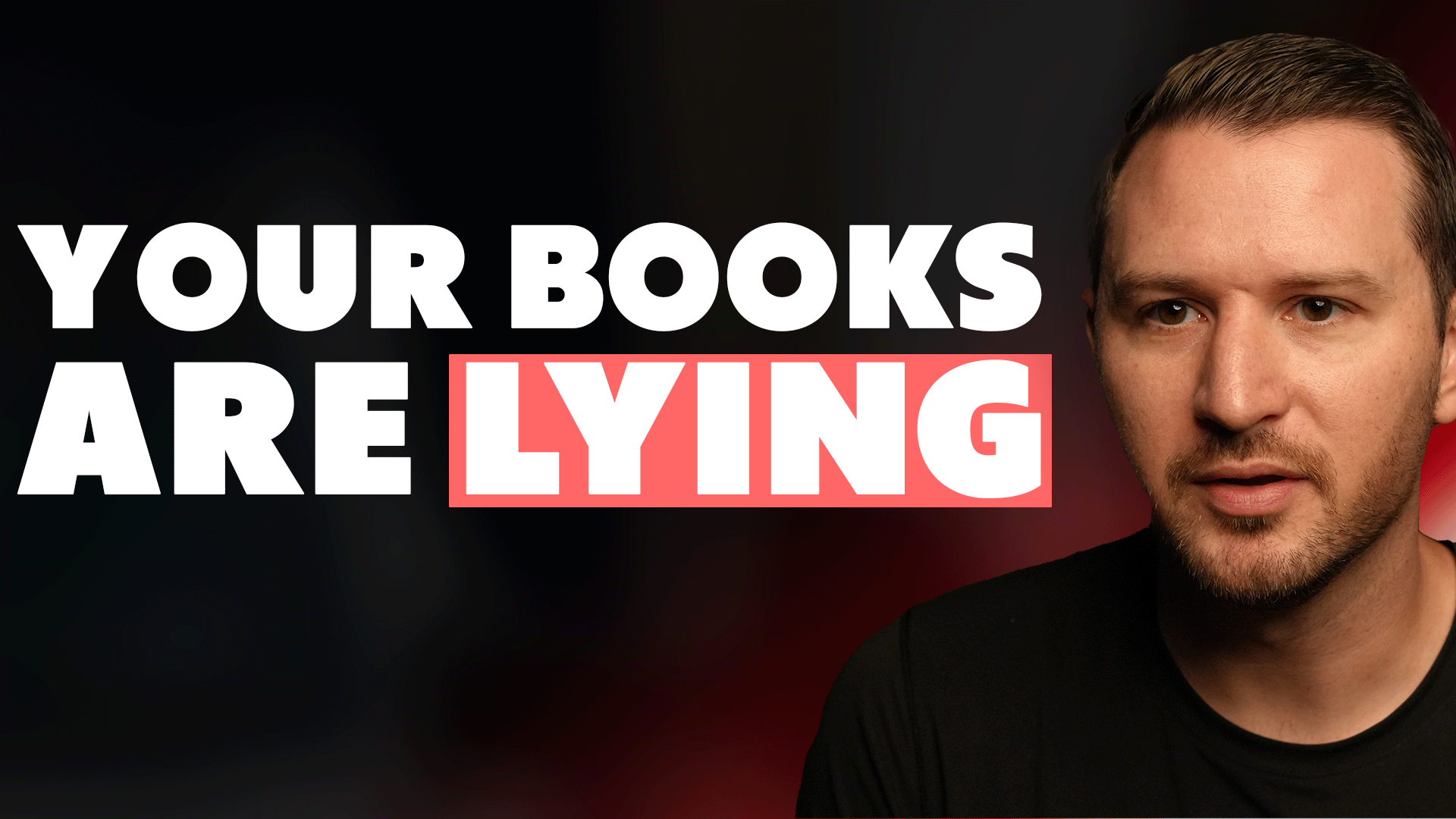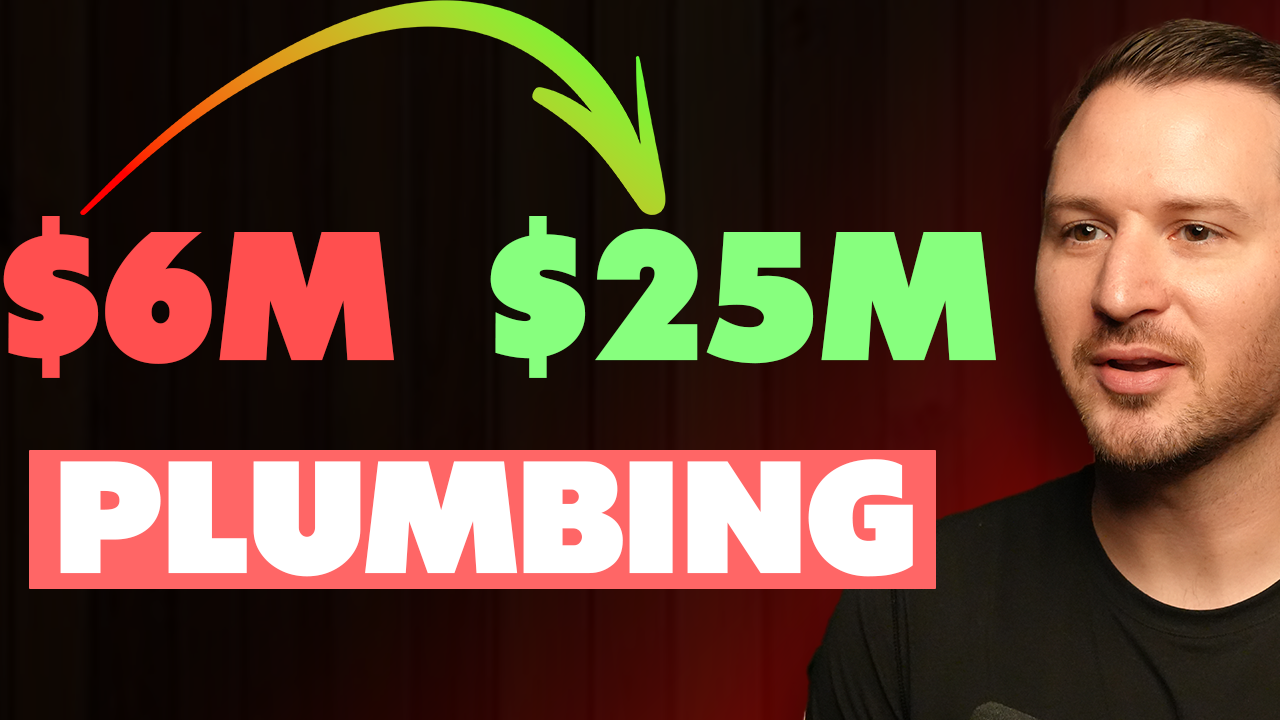Every few weeks, I get a message from an operator who’s hit $3 million and wants to talk growth strategy. Nine times out of ten, their first instinct is to add a trade.
“We’re doing plumbing now,” they say, “but we’re going to add HVAC next quarter. Then probably electrical.”
I get it. I’ve been there. We started as a two-trade business doing $1 million in sales, and for years I believed that growing meant doing more things for more people. More trades. More trucks. More markets. It sounds like scale but it can also be a trap.
I was reminded of that during a recent conversation with Kelson Carter, a third-generation plumber from Indianapolis who built an $11 million business strictly on plumbing.
No HVAC.
No electrical.
Just one trade, executed exceptionally well.
Kelson’s story isn’t flashy. It’s not about raising capital, going multi-location, or stacking trades. It’s about staying focused, operating with discipline, and scaling the right thing at the right time.
And it’s working.
One Trade, No Distractions
Kelson and his team at Carter’s My Plumber didn’t stumble into $11 million by accident. They chose focus from the beginning. Even when other operators in his shoes were adding services, Kelson doubled down on plumbing.
That decision gave him three massive advantages:
- Operational clarity. Training, inventory, hiring, and systems are all easier to manage when there’s only one trade to master.
- Faster execution. With no internal competition for attention or resources, good ideas move from plan to rollout quickly.
- Brand strength. The market knows what Carter’s stands for. No mixed messaging. No confusion.
“There’s just not a lot of $11 million plumbing-only companies out there,” Kelson told me. “But I think that’s what gave us the edge. We kept it simple. And simple is scalable.”
That line hit me.
Because the more trades you run, the harder it gets to scale any one of them well. Each division comes with its own recruiting funnel, its own pricing structure, its own margin pressures, its own fires to fight.
And the truth is, when something breaks in HVAC or electrical, you don’t just lose traction in that department. You lose focus everywhere.
Why Big Isn’t Always Better
At this point, our company is larger than Kelson’s in total revenue. We run plumbing, drains, and HVAC across a wide geographic footprint. But I’ll be the first to say it: Kelson’s model is probably easier to scale.
If I want to open a new market, I have to spin up three departments. He just needs one. If something breaks in my electrical division, it can pull resources from the rest of the company. That doesn’t happen when you’ve built a single-trade machine.
“There’s been times where I thought maybe we should add HVAC,” Kelson said. “But then I look at what we’re doing on the bottom line, and I realize—why hurt that? It’s working.”
He’s right. What Kelson’s building is clean. Focused. Profitable. And it’s quietly more durable than most of the bloated, multi-trade operations you’ll see on Instagram.
The Industry’s Most Common Mistake
This isn’t just theory. I see the opposite play out all the time.
A $3 million company adds HVAC too soon. Then electrical. They build three half-functioning departments with no clear leadership, blurry margins, and more payroll than they can afford. The operator gets buried in complexity. Their systems fall apart. They lose sight of what made them great in the first place.
They end up chasing revenue, not building profit.
Meanwhile, the one-trade business that stayed focused keeps growing, keeps dialing in its playbook, and starts pulling ahead.
Focus is a Moat
Kelson’s success isn’t just about what he’s doing. It’s about what he’s not doing.
He’s not chasing trends. He’s not adding divisions just because a competitor did. He’s not getting seduced by the illusion of scale. He’s building deep, not wide. Over time, that depth compounds.
And the kicker? He’s running this entire operation debt-free. Trucks, equipment, infrastructure. It’s all owned. That gives him real financial flexibility and resilience, even if it’s meant growing at a slower pace.
His path might not be the fastest. But it’s clean. It’s strong. It works.
What You Should Take from This
If you’re in the early stages of growth, here’s what I’d tell you:
Don’t try to do everything. Don’t chase scale for scale’s sake. Don’t confuse busyness with progress. Find your edge—your core trade—and build something that runs deep, not wide.
If you’ve already added a second or third trade, that’s fine. But look at what it’s costing you. Be honest.
What’s the actual margin? Is it helping your brand or diluting it? Are you investing in complexity—or in clarity?
Kelson’s $11 million business didn’t happen in spite of being one trade.
It happened because of it.








.avif)
